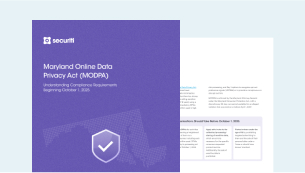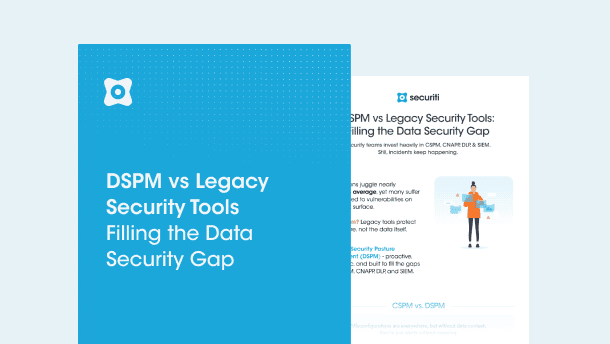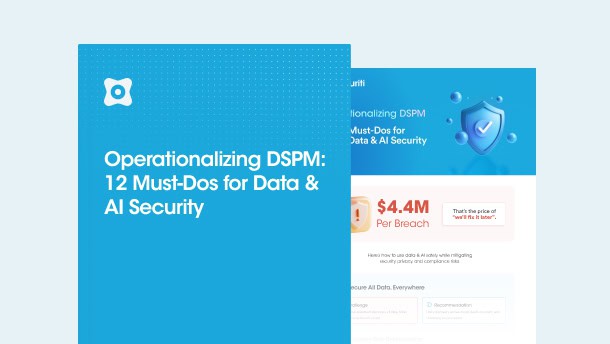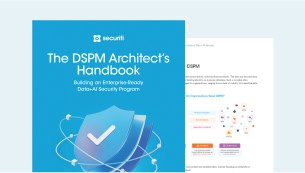Privacy and Proprietary Data Protection in the Face of Google's Policy Amendment
In a noteworthy policy revision announced on July 1st, Google has made a significant update to its privacy policy, warranting the attention of business leaders across industries. This update marks a departure from previous practices, as Google expands its use of publicly available data to train all its artificial intelligence (AI) models, extending beyond the previous use limited to Large Language Models (LLMs). The implications of this change have sparked debates regarding privacy and the protection of proprietary data.
The Implications: Balancing Expansive AI Training Data with Privacy Risks
Enterprises now confront a stark reality: their publicly available data, which may encompass a treasure trove of confidential business intelligence, has become an integral part of Google's immense training data corpus. Public data often includes personal identifiers, creating the possibility of revealing private individual details when integrated into AI models. The need for robust data protection measures has never been more critical.
Furthermore, as cutting-edge AI models advance, they possess the ability to de-anonymize individuals, infer their industries and workplaces, and construct intricate profiles based on online activities. This presents a quandary for business leaders—an impetus for innovation coexisting alongside the potential for privacy infringement, intellectual property leakage, brand damage, and inadvertent sharing of anti-competitive information with rivals.
Unveiling the Risks: A Scenario in the Financial Services Industry
To illustrate the magnitude of the challenges ahead, consider the following scenario within the financial services sector:
James, a product manager at the esteemed FinServ Corp, is entrusted with developing a groundbreaking credit card targeting millennials. Seeking insights, he turns to Google, utilizing both his personal and corporate accounts, to research millennial spending habits, existing credit card offers, reward programs, and trends in financial technology. Over time, these searches generate a comprehensive data trail related to the concept of the new credit card.
However, under Google's updated privacy policy:
- The publicly available data collected during James's research could potentially be incorporated into Google's AI models.
- Leveraging this information, the AI can identify patterns, infer trends, and potentially unveil the conceptual framework behind the new credit card.
The Imperative for Controls: Protecting Strategic Direction and Proprietary Product Development
The risks stemming from this policy shift necessitate immediate action to safeguard FinServ Corp's strategic direction and proprietary product development. While regulatory and technical controls are crucial, their implementation is currently scarce within large companies.
To effectively mitigate these risks, enterprises should invest in state-of-the-art data identification and monitoring tools. These advanced systems proactively identify sensitive data within the corporate data ecosystem, flag it, and ensure continuous surveillance through a unified data command center encompassing all data repositories. This technical approach supplements regulatory measures, providing a dual layer of security to uphold data protection standards.
Balancing Technological Advancement and Privacy Principles
To strike a delicate balance between technological advancements and privacy principles, regulatory bodies play a crucial role in rigorously assessing these policy changes. In an era where AI training relies on vast amounts of data, companies must adopt proactive regulatory measures to safeguard individual privacy and preserve the sanctity of proprietary data.
As the potential for longer-term AI biases and privacy infringements loom, it is imperative for business leaders to remain vigilant. Understanding the potential implications of proprietary data being unexpectedly leveraged, enterprises must embrace a proactive and comprehensive defense strategy. Establishing a framework of data intelligence and automated controls that prevent sensitive information from being fed to an AI model is the key to balancing innovation and safety within an Enterprise.













































